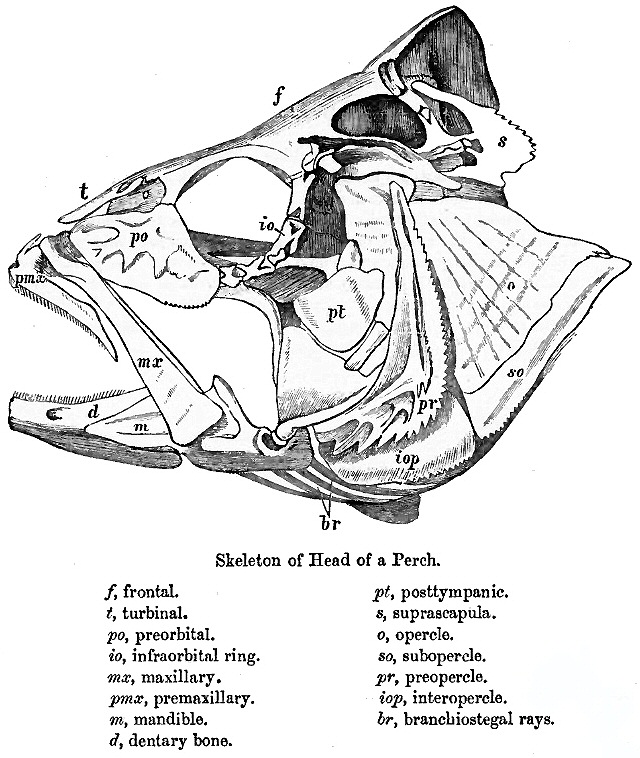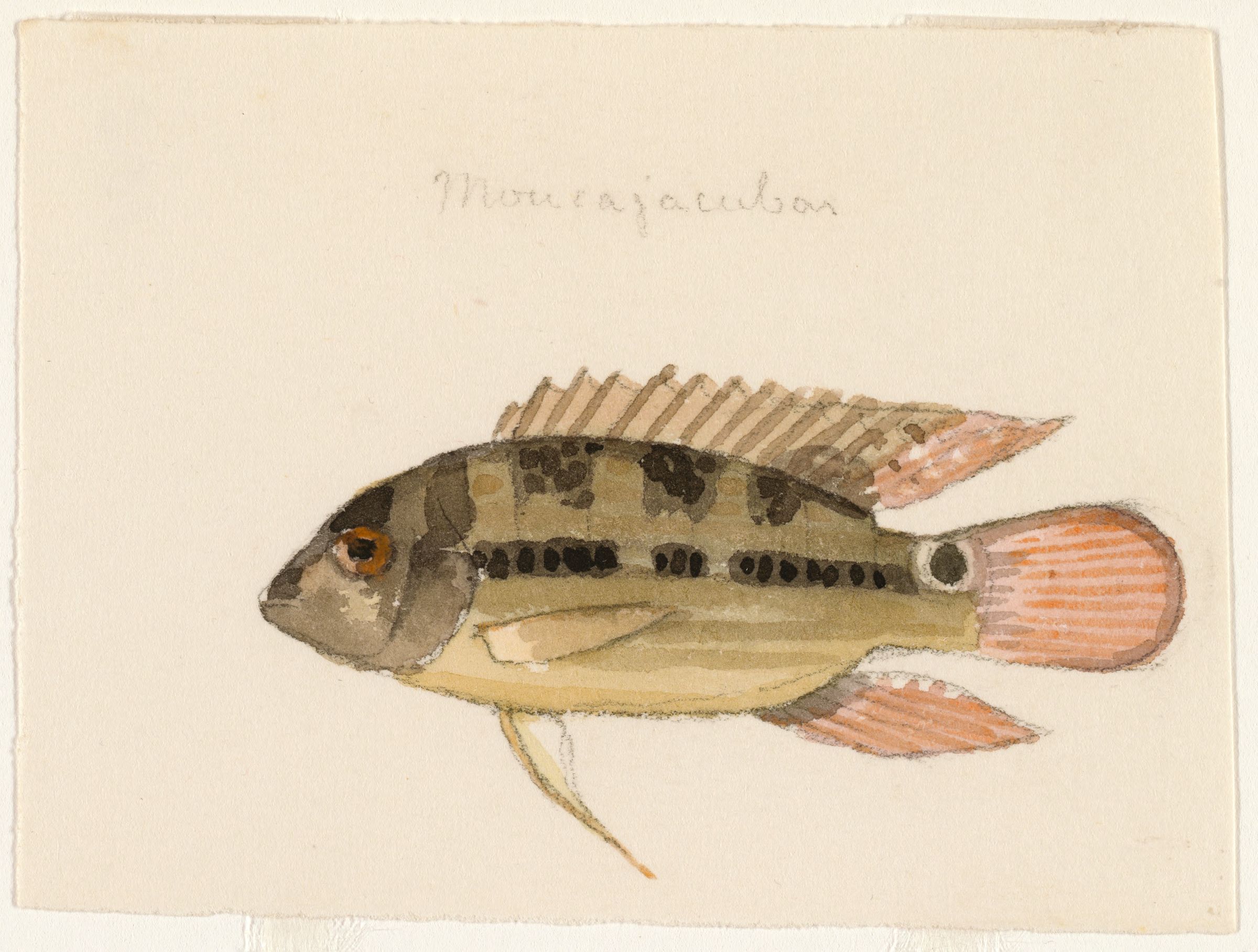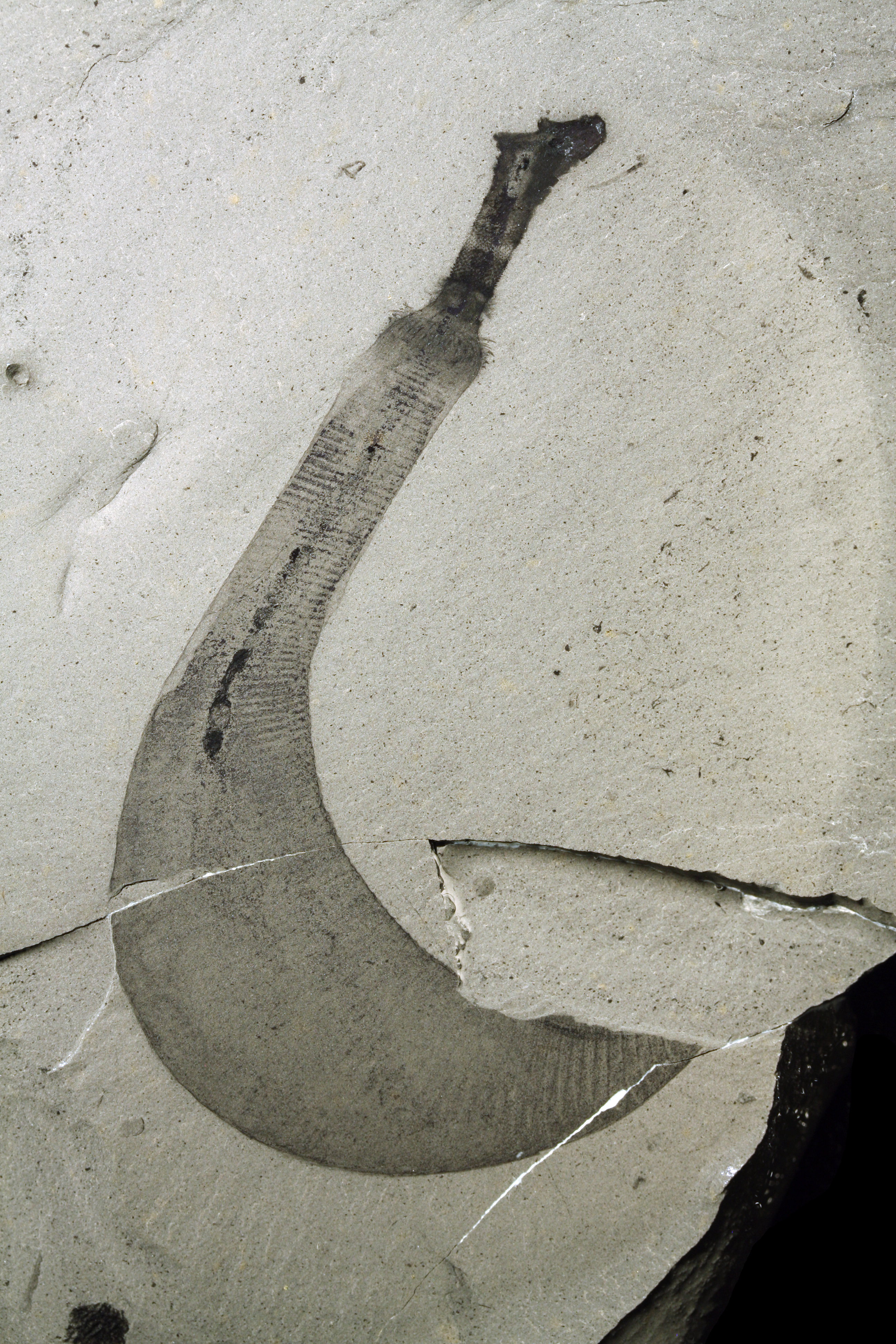|
Pharyngeal Teeth
Pharyngeal teeth are teeth in the pharyngeal arch of the throat of cyprinids, suckers, and a number of other fish species otherwise lacking teeth."Suckers ''Catostomidae''" Iowa Department of Natural Resources Many popular aquarium fish such as and es have these structures. Members of the genus '' Botia'' such as [...More Info...] [...Related Items...] OR: [Wikipedia] [Google] [Baidu] |
Centrarchidae
Centrarchidae, better known as sunfishes or centrarchids, is a family of freshwater ray-finned fish belonging to the order Centrarchiformes, native only to North America. There are eight universally included genera within the centrarchid family: '' Lepomis'' (true sunfishes), '' Micropterus'' (black basses), ''Pomoxis'' ( crappies), '' Enneacanthus'' (banded sunfishes), ''Centrarchus'' ( type genus, consisting solely of the flier ''C. macropterus''), ''Archoplites'' ( Sacramento perch), '' Ambloplites'' (rock basses), and ''Acantharchus'' ( mud sunfish). Their closest relatives are the pygmy sunfishes of the family Elassomatidae, which are sometimes placed in the same family, although presently treated as distinct. The centrarchid family comprises 38 identified species, 34 of which are extant. It includes many popular game fishes familiar to North American anglers, such as the rock bass, largemouth bass, bluegill, pumpkinseed, green sunfish and crappies. Most sunfish a ... [...More Info...] [...Related Items...] OR: [Wikipedia] [Google] [Baidu] |
Fish Jaw
Most bony fishes have two sets of jaws made mainly of bone. The primary oral jaws open and close the mouth, and a second set of pharyngeal jaws are positioned at the back of the throat. The oral jaws are used to capture and manipulate prey by biting and crushing. The pharyngeal jaws, so-called because they are positioned within the pharynx, are used to further process the food and move it from the mouth to the stomach. Cartilaginous fishes, such as sharks and Batoidea, rays, have one set of oral jaws made mainly of cartilage. They do not have pharyngeal jaws. Generally jaws are Articulation (anatomy), articulated and oppose vertically, comprising an upper jaw and a lower jaw and can bear numerous ordered teeth. Cartilaginous fishes grow multiple sets ''(polyphyodont)'' and replace teeth as they wear by moving new teeth laterally from the medial jaw surface in a conveyor-belt fashion. Teeth are replaced multiple times also in most bony fishes, but unlike cartilaginous fishes, the ... [...More Info...] [...Related Items...] OR: [Wikipedia] [Google] [Baidu] |
Animal Tooth Development
Tooth development or odontogenesis is the process in which teeth develop and grow into the mouth. Tooth development varies among species. Tooth development in vertebrates Fish In fish, Hox gene expression regulates mechanisms for teeth, tooth initiation. However, sharks continuously produce new teeth throughout their lives via a drastically different mechanism. Shark teeth form from modified scale (zoology), scales near the tongue and move outward on the jaw in rows until they are eventually dislodged. Their scales, called dermal denticles, and teeth are homologous organs. Mammals Generally, tooth development in non-human mammals is similar to human tooth development. The variations usually lie in the morphology, Dentition#Dental formula, number, development timeline, and types of teeth. However, some mammals' teeth do develop differently than humans'. In mouse, mice, Wnt signaling pathway, WNT signals are required for the initiation of teeth, tooth development. Rodents' teet ... [...More Info...] [...Related Items...] OR: [Wikipedia] [Google] [Baidu] |
Cichlid
Cichlids () are a large, diverse, and widespread family of percomorph fish in the family Cichlidae, order Cichliformes. At least 1,760 species have been scientifically described, making it one of the largest vertebrate families, with only the Cyprinidae being more speciose. New species are discovered annually, and many species remain undescribed. The actual number of species is therefore unknown, with estimates varying between 2,000 and 3,000. They are native to the Neotropics, Africa (including Madagascar), the Middle East, and the Indian subcontinent, although some species have been introduced worldwide. Many cichlids, particularly tilapia, are important food fishes, while others, such as the '' Cichla'' species, are valued game fish. The family also includes many popular freshwater aquarium fish kept by hobbyists, including the angelfish, oscars, and discus. Cichlids have the largest number of endangered species among vertebrate families, most in the haplochrom ... [...More Info...] [...Related Items...] OR: [Wikipedia] [Google] [Baidu] |
Haikouella
''Yunnanozoon lividum'' (Yunnan + Greek ζῷον ''zôion'' (animal), with species name Latin ''lividum''; (lead-coloured), referring to preserved colour of specimens) is an extinct species of bilaterian animal from the Lower Cambrian Chengjiang biota of Yunnan province, China. Its affinities have been long the subject of controversy. Description The body of ''Yunnanozoon'' was fusiform, with specimens ranging from in length. The body was strongly laterally compressed, meaning that it was taller than it was wide. A segmented dorsal unit was present on the top of the body. The first segment of which was triangular, while the other segments were approximately rectangular. Axial stripes also ran down the body in the region immediately below the dorsal unit. Towards the front of the animal were 7 pairs of filamentous arches. These arches were covered by sac-like structures which had openings between them. Towards the back of the body a tube-like structure was present, possib ... [...More Info...] [...Related Items...] OR: [Wikipedia] [Google] [Baidu] |
Priapulida
Priapulida (priapulid worms, from Gr. πριάπος, ''priāpos'' ' Priapus' + Lat. ''-ul-'', diminutive), sometimes referred to as penis worms, is a phylum of unsegmented marine worms. The name of the phylum relates to the Greek god of fertility, because their general shape and their extensible spiny introvert (eversible) proboscis may resemble the shape of a human penis. They live in the mud, except for a few tropical meiobenthic species which live in medium- to coarse-grained sands, and are found in comparatively shallow waters to deep waters and no warmer than 12–13°C. Some species show a remarkable tolerance for hydrogen sulfide, anoxia and low salinity. ''Halicryptus spinulosus'' appears to prefer brackish shallow waters. They can be quite abundant in some areas. In an Alaskan bay as many as 85 adult individuals of '' Priapulus caudatus'' per square meter has been recorded, while the density of its larvae can be as high as 58,000 per square meter (5,390 per square foot). ... [...More Info...] [...Related Items...] OR: [Wikipedia] [Google] [Baidu] |
Ghost Knifefish
The ghost knifefishes consist of the family Apteronotidae, which are ray-finned fishes in the order Gymnotiformes. These fish are native to Panama and South America. They inhabit a wide range of freshwater habitats, but more than half the species in the family are found deep in rivers (typically deeper than ) where there is little or no light. The genus ''Apteronotus'' is "artificial" and some of the species do not actually belong in it; it is polyphyletic. They are distinguished from other gymnotiform fishes by the presence of a caudal fin (all other families lack a caudal or tail fin) as well as a fleshy dorsal organ represented by a longitudinal strip along the dorsal midline. They vary greatly in size, ranging from about in total length in the smallest species to in the largest. It has been claimed that ''Apteronotus magdalenensis'' is up to , but this is not supported by recent studies, which indicate that it does not surpass about . These nocturnal fish have small eyes, a ... [...More Info...] [...Related Items...] OR: [Wikipedia] [Google] [Baidu] |
Sternarchogiton Nattereri
''Sternarchogiton nattereri'' is a species of weakly electric fish, weakly electric Gymnotiformes, knifefish in the family Apteronotidae. It is native to the Amazon basin, Amazon River system and feeds on sponges. Unlike other members of the genus ''Sternarchogiton'', there is pronounced sexual dimorphism in ''S. nattereri'', with reproductively mature males developing strong external teeth on tips of their jaws. These males are so different from the females and juvenile (organism), juveniles that they were thought to be a different genus and species, the "tooth-lip knifefish" ''Oedemognathus exodon'', for over 40 years. Distribution and habitat ''S. nattereri'' is restricted to large river channels in the lowlands of the Amazon basin. Its habitat ranges from high-Electrical conductivity, conductivity, sediment-rich Whitewater river (river type), whitewater rivers such as the Rio Solimões, to low-conductivity, sediment-poor blackwater river, blackwaters such as the Rio Negro (Ama ... [...More Info...] [...Related Items...] OR: [Wikipedia] [Google] [Baidu] |
Dentary
In jawed vertebrates, the mandible (from the Latin ''mandibula'', 'for chewing'), lower jaw, or jawbone is a bone that makes up the lowerand typically more mobilecomponent of the mouth (the upper jaw being known as the maxilla). The jawbone is the skull's only movable, posable bone, sharing joints with the cranium's temporal bones. The mandible hosts the lower teeth (their depth delineated by the alveolar process). Many muscles attach to the bone, which also hosts nerves (some connecting to the teeth) and blood vessels. Amongst other functions, the jawbone is essential for chewing food. Owing to the Neolithic advent of agriculture (), human jaws evolved to be smaller. Although it is the strongest bone of the facial skeleton, the mandible tends to deform in old age; it is also subject to fracturing. Surgery allows for the removal of jawbone fragments (or its entirety) as well as regenerative methods. Additionally, the bone is of great forensic significance. Structure ... [...More Info...] [...Related Items...] OR: [Wikipedia] [Google] [Baidu] |
Muraenidae
Moray eels, or Muraenidae (), are a family of eels whose members are found worldwide. There are approximately 200 species in 15 genera which are almost exclusively marine, but several species are regularly seen in brackish water, and a few are found in fresh water. The English name, ''moray'', dates back to the early 17th century, and is believed to be a derivative from Portuguese , which itself derives from Latin , in turn from Greek , ; these are the Latin and Greek names of the Mediterranean moray. Anatomy The dorsal fin extends from just behind the head along the back and joins seamlessly with the caudal and anal fins. Most species lack pectoral and pelvic fins, adding to their serpentine appearance. Their eyes are rather small; morays rely mostly on their highly developed sense of smell, lying in wait to ambush prey. The body is generally patterned. In some species, the inside of the mouth is also patterned. Their jaws are wide, framing a protrudi ... [...More Info...] [...Related Items...] OR: [Wikipedia] [Google] [Baidu] |





